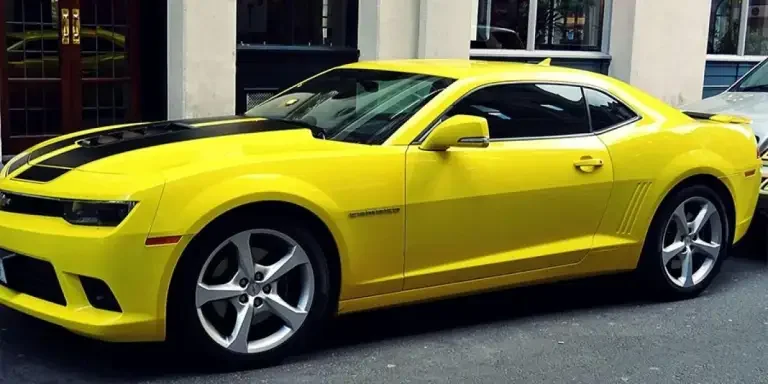Most car owners love to customize their cars to provide aesthetic appeal and enhance protection. To avoid the car paint from eroding, they buy paint protection films or clear bras to keep their cars looking brand new for many years. Moreover, many car owners install window tinting to reduce glare and protect their cars from UV rays.
In this article, we will get to know what to look for when choosing the ideal car films and window tints based on customers’ preferences.
Table of Contents
Market insight into the industry
What to look for when selecting PPF?
Types of PPF
What factors to consider when choosing window tints?
Types of window tints
Conclusion
Market insight into the industry
In 2021, the paint protection film market was valued at around USD 296.3 million. Despite the global impact of the global restrictions, the market size is expected to grow at a CAGR of 5.9% from 2022 to 2030. It is not surprising considering the benefits as PPFs stop rock chips, absorb scratches, and protect the vehicle’s paint.
On the other hand, the window tints market value was measured at around USD 10.59 billion in 2021 and is projected to grow at a CAGR of 5.2% from 2022 to 2030. The increasing demand for UV ray protection and internal car insulating features make it a widely profitable industry.
What to look for when selecting PPF?
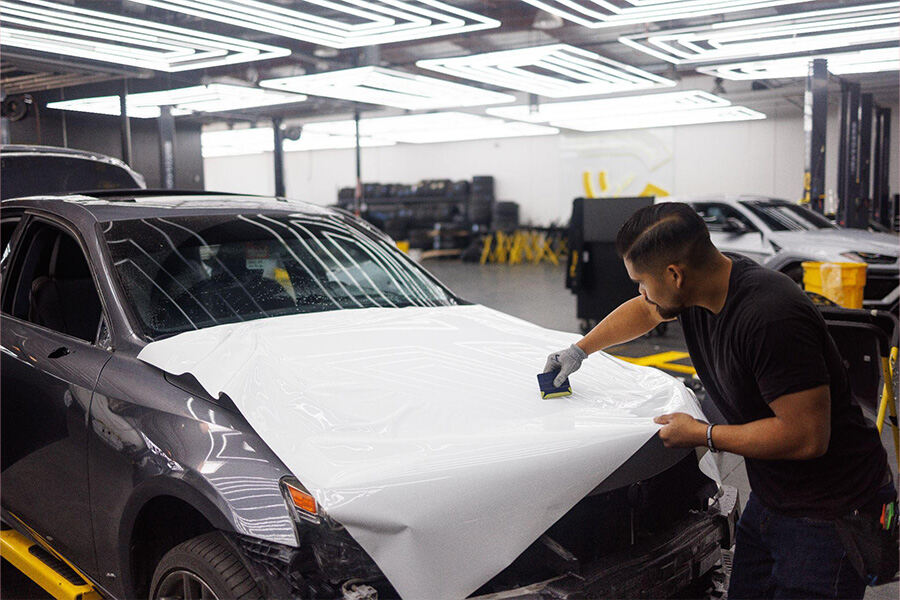
Quality
Quality speaks volumes. Hence, when selecting a paint protection film, it is important to choose one that offers flexibility so it can be wrapped conveniently around the car; more durability so it does not detach over time; and materials that inhibit organic stains like bird droppings from bonding with the film.
Aesthetics
Other than giving protection to the paint coating, PPFs are used to give that sleek and glamorous look. Hence, it is usually best to look for transparent or color-changing films that suit the car’s size and model.
Installation
Installing PPFs can be tough work, so it is best to have it done by qualified installers. This is mainly to do a clean job—especially with the edges of the films in each panel of the car to avoid the materials wearing off.
Types of PPF
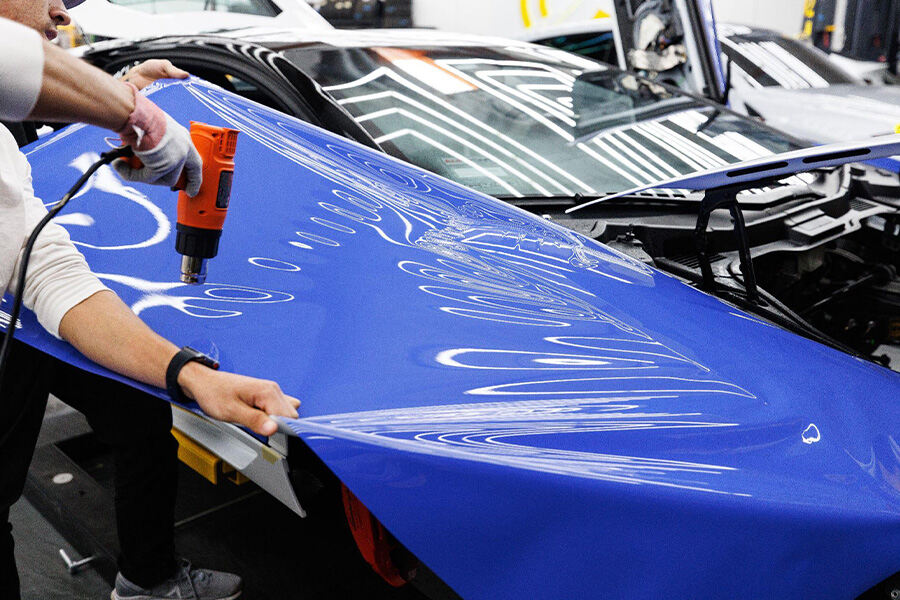
PVC
Polyvinyl chloride or vinyl wraps are the most commonly used PPFs out there because of their affordability. PVC films are hard, thus giving great protection to the car’s paint. Vinyl wraps come in varieties. A glossy wrap gives a smooth or gloss finish and makes the car look stylish. A matte finish reflects light on the surface, thus giving a classic look to the car. Lastly, a satin wrap is a middle ground between the other two wraps—giving a sleek design and professional look to the car. However, it is a difficult film to install and the least durable option as it is prone to lose color after a year.
TPH
TPH films consist of PVC as their base but provide greater flexibility and self-healing. When it comes to durability and life span, it is marginally better compared to PVC. On the flip side, it can be prone to yellowing and is considered weaker than TPU.
TPU
Thermoplastic polyurethane or TPU films are eco-friendly. This material is tough and provides a great protective layer to vehicles. Its elasticity makes the installation and removal process easier because of thermoplasticity. Moreover, it is the most durable PPF out of the three with a lifespan of at least 5 to 10 years having good resistance to yellowing and cracks. The downside is that this option is quite expensive.
What factors to consider when choosing window tints?
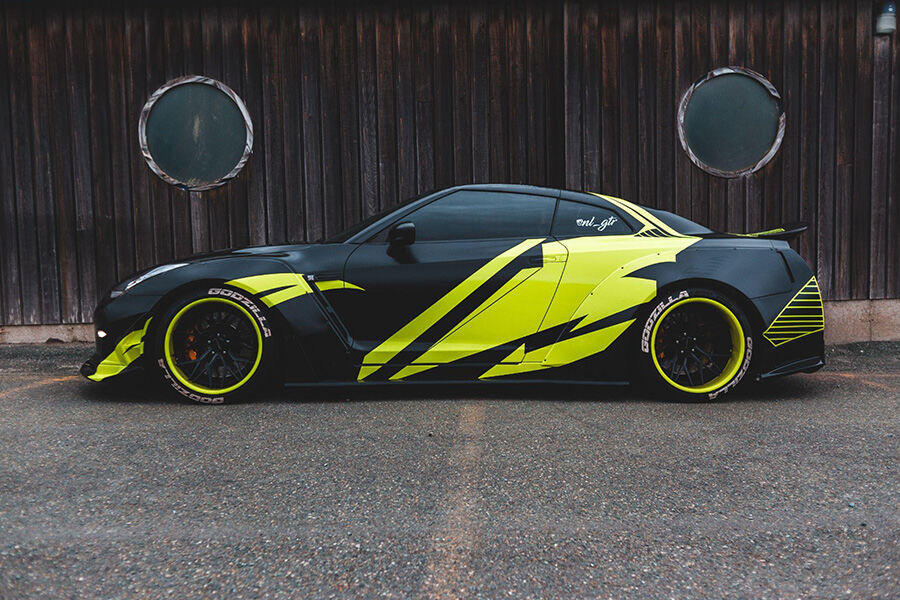
When choosing window tints, the tint percentage is crucial. The lower the tint percentage, the darker it is. Here are some points to consider when choosing an ideal tint percentage.
Regulation
Undoubtedly, there are different laws in many countries and states. It is best to learn the tint percentage allowed when installing a window tint. If the tint percentage does not meet the regulations, there is a huge risk of getting fined. In some places, a 5% tint would be considered illegal and it is mostly seen in private cars.
UV ray protection
One of the major reasons why most consumers buy window tints is to block UV rays and reduce heat. In most cases, a 50% tint is an ideal choice as it offers a balanced tint by restricting UV rays and not completely making windows darker.
Look
Most consumers utilize high-quality window tints to bring style and make their cars look glamorous. For instance, a 35% tint provides more darkness compared to a 50% tint and gives that elegant look. Moreover, it still makes it easy to look through and complies with many state regulations.
Types of window tints
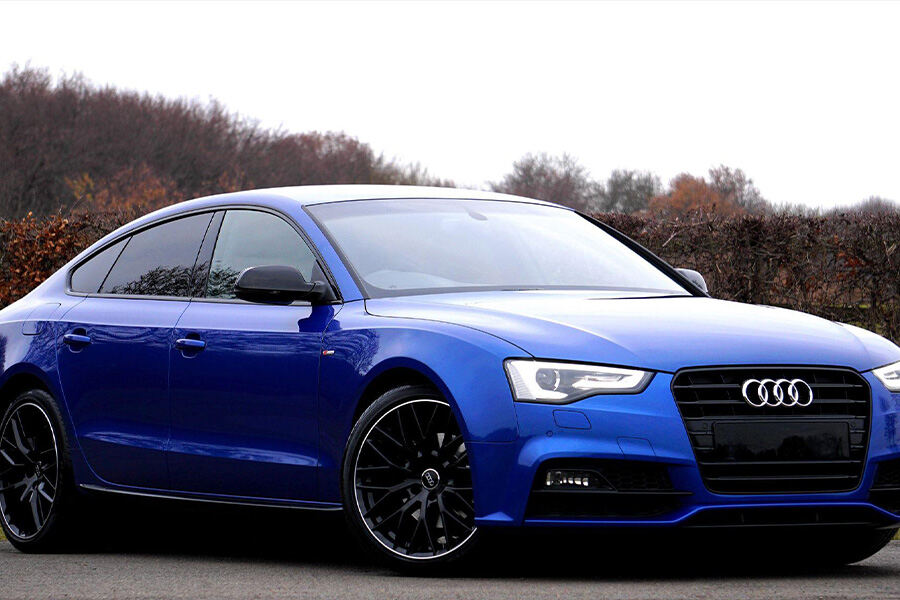
Dyed
Dyed window tints, as the name suggests, consist of dyed film. Dyed film acts as a catalyst in absorbing UV rays when penetrating windows. Also, it is very affordable—making it a common window tinting option among consumers. On the flip side, it comes with high maintenance as the dye needs to be changed every now and then since it can fade away.
Metalized
Metalized window tints comprise small metal particles. Just like dyed window tints, metalized tints are popular and more effective in reflecting UV rays and heat through the window. Additionally, they add strength to the window—making it scratch-proof and more durable. However, the downside to it is that the metal particles can sometimes interfere with radio signals—thus causing some inconveniences.
Hybrid
Hybrid window tints are a combination of dyed and metalized tints. They comprise a mixture of dyed and metal layers—adding strength and durability to the windows. These tints do a great job of reducing the cons of metalized versions like radio signal interference. However, it is more on the expensive side.
Carbon
Carbon window tints consist of carbon particles and have strong heat insulation. They do a great job of reducing heat and maintaining a cooler temperature inside the vehicle. Their design is appealing to many consumers and can only be beaten by ceramic window tints. On the flip side, these tints cost a lot for their durability and quality.
Ceramic
Ceramic window tints are top-notch tints available in the market. They do not contain any dye or metal particles and can block about 99% of UV rays. They are by far the strongest, most durable, and most aesthetically appealing tints. On top of that, they help in cooling the car’s internal temperature and making windows scratch-resistant. Nevertheless, their numerous advantages come with a cost as ceramic tints have an expensive price tag on them.
PDLC (smart glass)
PDLC window tints or smart glass are the future of tinting. PDLC is powered by energy molecules. The window becomes transparent when energized and opaque when the power is off. PDLC provides great thermal insulation, saves energy, blocks UV rays, and provides privacy. Nonetheless, this option is expensive because of its installation.
Conclusion
The automotive industry keeps booming, and as long as many cars are around, paint protection films and window tints will be on the minds of many car enthusiasts. Ensure customers are met with adequate wrapping films and window tints so that they can customize their vehicles as to how they envision them.
To keep up with more car-related accessories and parts, check out this article on different wheel trends.
